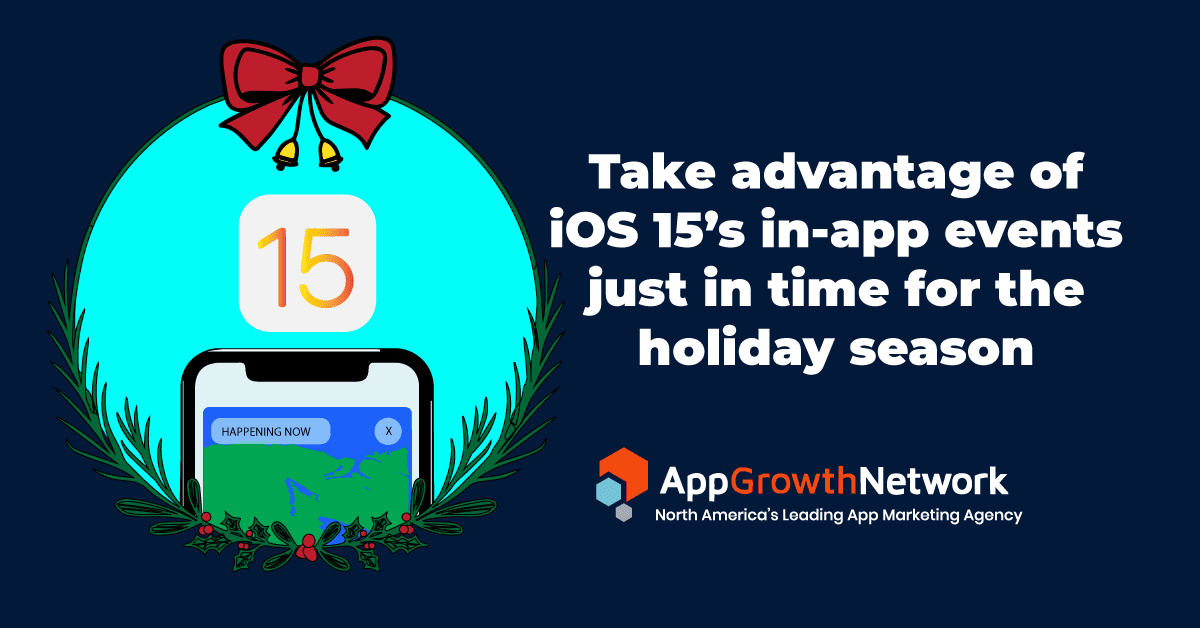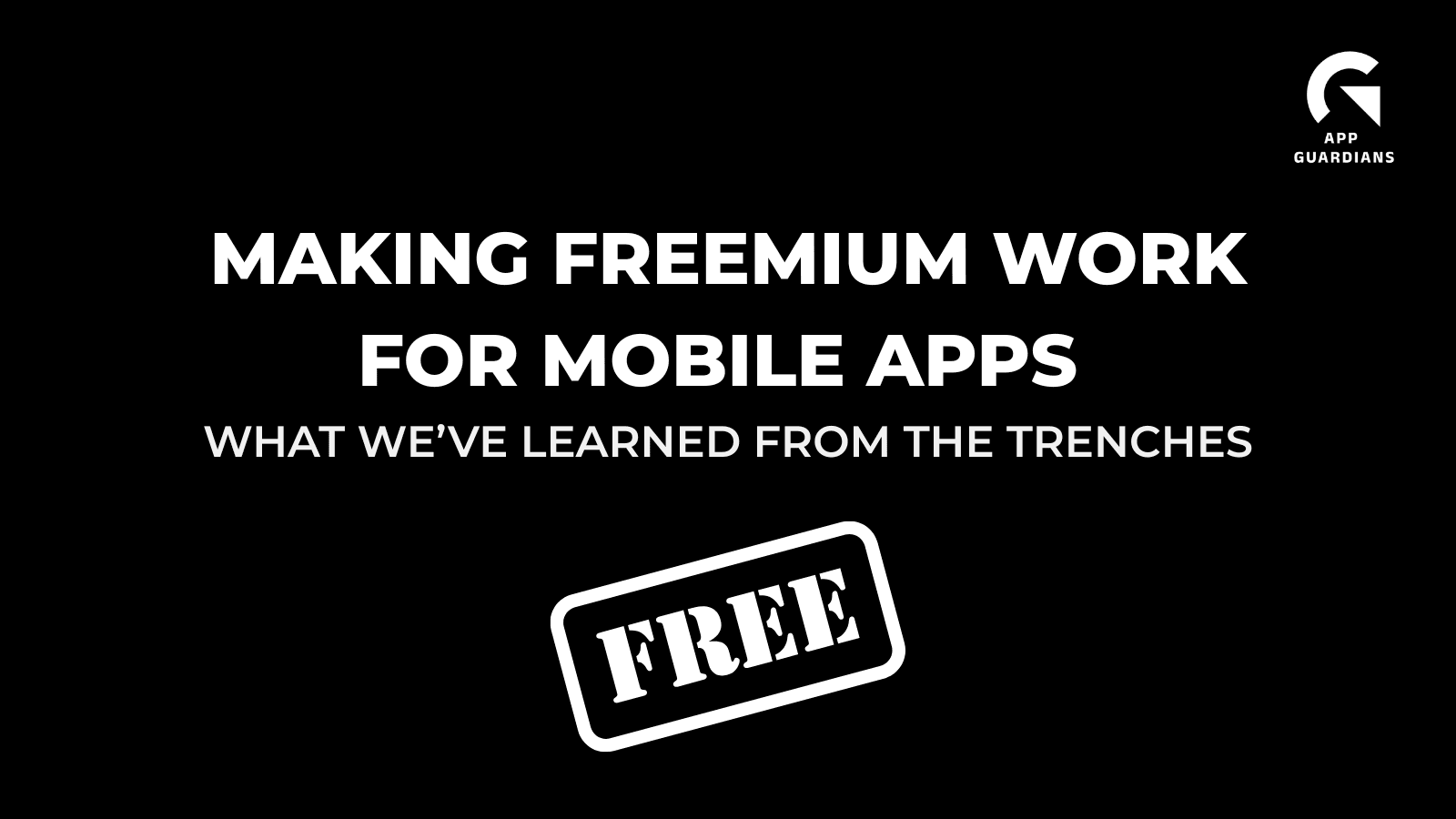Take advantage of iOS 15’s in-app events just in time for the holiday season
With the hustle and bustle of the holiday season coming up, it can be hard to stand out from the crowd. Whether you’re a wellness app looking to encourage users to join a fitness challenge for the New Year, a cooking app looking to live-stream holiday cooking guides, or a media app looking to premiere the next hit song for Christmas, we’re here to encourage you to incorporate IOS 15’s in-app events as part of your holiday season engagement strategy. It may just be the ticket to make your holiday offering get noticed.
What are in-app events?
With the release of iOS 15, Apple introduced in-app events which allow developers to create and promote special events. This is an engaging way to showcase your app and provides the opportunity to reach the users you want to reach. In-app events can serve many purposes depending on what results you’re looking for— whether it is to encourage new users to try out your app, keeping your current users up-to-date with new ways to engage with the app, or reconnecting with previous users.
How do you use in-app events?
In-app events appear across the App Store as event cards which can include images or videos, plus details about the event such as name and a short description. In-app events may appear in several places: on your product page, in the search results on the app store, in editorially curated sections, and personalized recommendations in the Today, Games, and Apps tabs.
Image source: Apple
Apple provides pre-determined event badges that you can choose to categorize the type of event you are promoting. This can be challenges, competitions, live events, major updates, new seasons, premieres, and special events.
What in-app events mean for ASO
A huge advantage of using in-app events effectively is that they will boost your app’s visibility, and who couldn’t use some of that?
Increased app visibility from in-app events result from:
-
Increased search results—targeting core keywords in the event card details will be indexed and provide new opportunities to be seen by new users
-
Opportunities for retargeting—in the search results, screenshots will be replaced by event cards, providing a new way to engage users who have previously installed the app
-
Increased exposure through the editorial and curated collections section in the App Store
Tips on how to optimize your metadata for in-app events
In order to determine where events should be shown in the App Store, Apple will consider the metadata on your in-app event cards. The details of your app should accurately represent your in-app event specifically to the event experience, rather than promoting general content.
Things to keep in mind:
-
Event name—a 30-character space for a descriptive and unique event name. This should avoid generic terms and not be a description of the event, as that’s what the event badge section is for.
-
Short description—-this appears on the event card and should be used to briefly describe or summarize your in-app event.
-
Long description—this section will appear on the event details page and should focus on the user experience and benefits, such as potential rewards.
-
Media—a 30-second video or image that represents your in-app event can be added to generate interest in your in-app event. Videos autoplay and repeat, so should be created for a seamless loop.
Things to avoid:
-
Overt claims or all capital letters—use proper punctuation and avoid claims such as ‘the best’ or ‘#1’ which cannot be verified. It’s also recommended to avoid using extra words such as ‘game event’.
-
Adding pricing information—Including pricing information will lead to rejection by App Store Review, as currencies can vary across regions and can be changed independently of your event.
-
Using logos or texts in your media—Apple automatically applies crops and gradients to your creatives in order to ensure consistency across the app store. Instead aim to create a cohesive visual picture across your event card and event details page by using similar colors and illustration styles.
Image source: Apple
Final remarks
In-app events provide a fun and unique way to engage with users over the holiday season. You can have 5 events published in the app store at any one time—planning ahead will help you capture potential growth opportunities. Don’t forget to cross-promote your event using your event’s detail page link through other channels such as email, social media, and advertising to create additional awareness and encourage users to opt into notifications so they don’t miss any of the special events you’ve planned for their enhanced experience.
Related Articles
In today’s app economy, the “hard paywall or bounce” model is losing its edge. Users are savvier, competition [...]
Two major updates from Apple have landed — and if you work in app marketing, growth, user acquisition, [...]
The Digital Markets Act and the Digital Services Act are two major pieces of legislature brought forth from [...]










